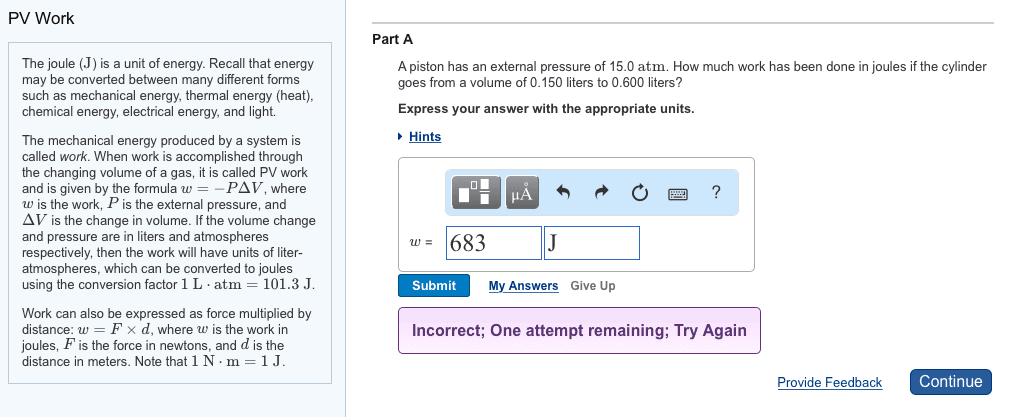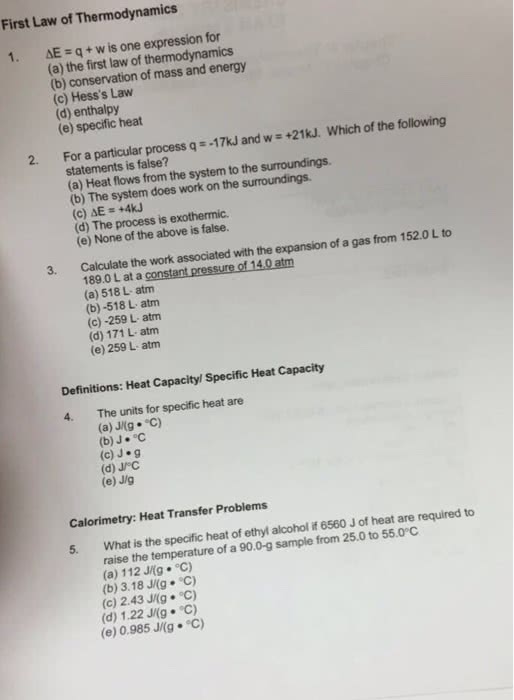CHEM 102 Lecture 9: thermodynamics
Document Summary
Atoms and molecules have mass and are in motion and so possess kinetic energy. K. e. total k. e. translation k. e. rotation k. e. vibration. Potential energy is the energy an object possesses by virtue of its position. There is an increase in peel when species of the same charge come close to each other or when species of opposite charges move away from each other. Types of systems: open: system exchanges matter and energy with the surroundings. ii) Closed: system exchanges energy but not matter with the surroundings. iii) Isolated: system exchanges neither matter nor energy with the surroundings. The change in internal energy of the system ( e) is the sum of the heat transferred and the work done. The internal energy of the system can be changed by a flow of heat, work or both. Temperature is a property that reflects the motion of particles in a substance.



